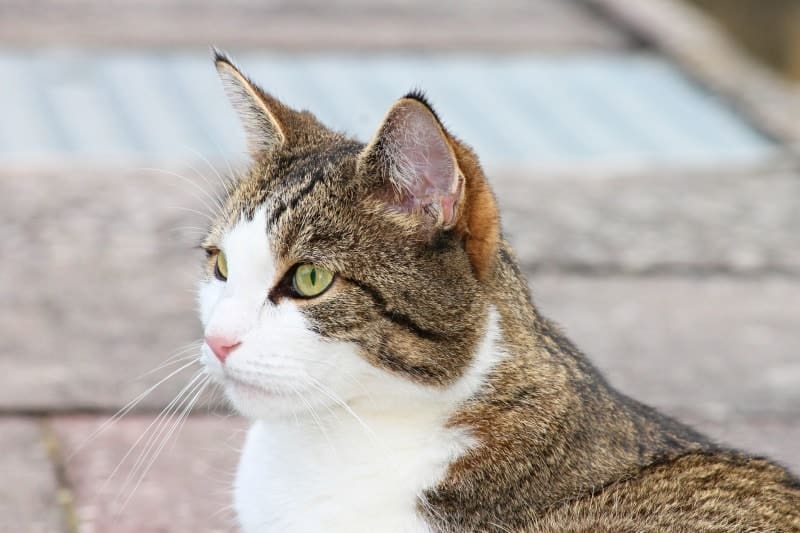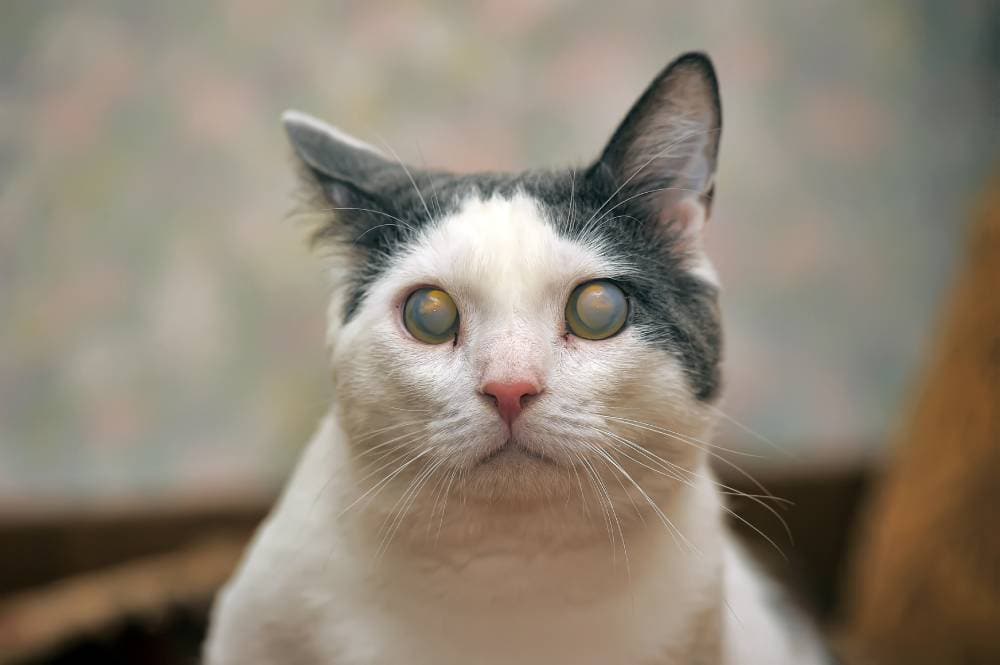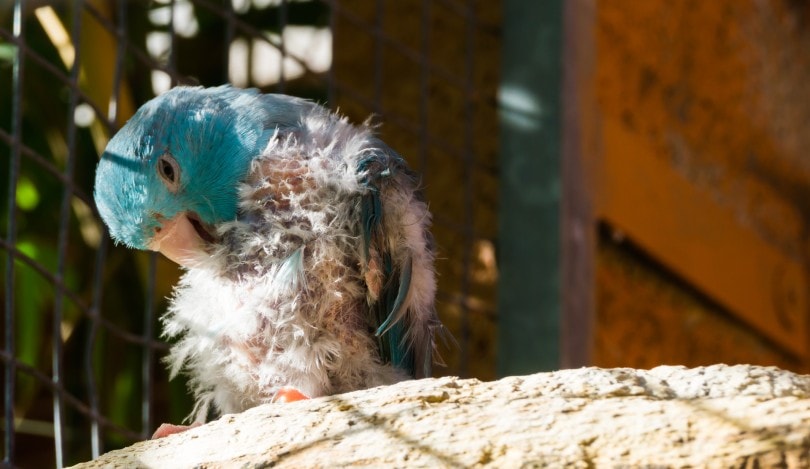VET APPROVED

The information is current and up-to-date in accordance with the latest veterinarian research.
Learn more »Click to Skip Ahead
There are a lot of interesting things about a cat’s anatomy that make them the unique and fascinating creatures we all know and love. You’ve probably noticed the Henry’s pocket, which is the open pouch of skin on the outside of their ears, but what exactly is this and what does it do?
The truth is, the function of the Henry’s pocket remains a mystery, but there are some theories about its purpose. In this article, we’ll talk more about this puzzling little pocket and what the experts think it may be used for.

About the Henry’s Pocket
The Henry’s pocket is more formally known as the cutaneous marginal pouch. It is a fold of skin that forms a slit, or open pouch on the outside of the cat’s ear right at the base. The function of this mysterious part of a cat’s anatomy has yet to be confirmed.
Experts have theorized that it could enhance a cat’s hearing by helping them pick up on high-frequency sounds. Cats can hear an octave higher than dogs and an octave and a half higher than humans. Their ears are designed to funnel sound, which allows them to locate prey more easily. With 32 muscles in each ear, they can also move their ears independently.
According to researchers, cats have one of the broadest hearing ranges compared to other mammals. One of the theories about the Henry’s pocket is that it could very well contribute to their hearing abilities by delaying lower-pitched sounds, although this is not scientifically proven. However, it is believed that it allows the higher frequencies to be more amplified.
It is also believed that the slits could provide more flexibility to the ears and make it easier for cats to express their emotions through body language. Unfortunately, not enough research has been done to definitively prove this mysterious feature’s purpose.
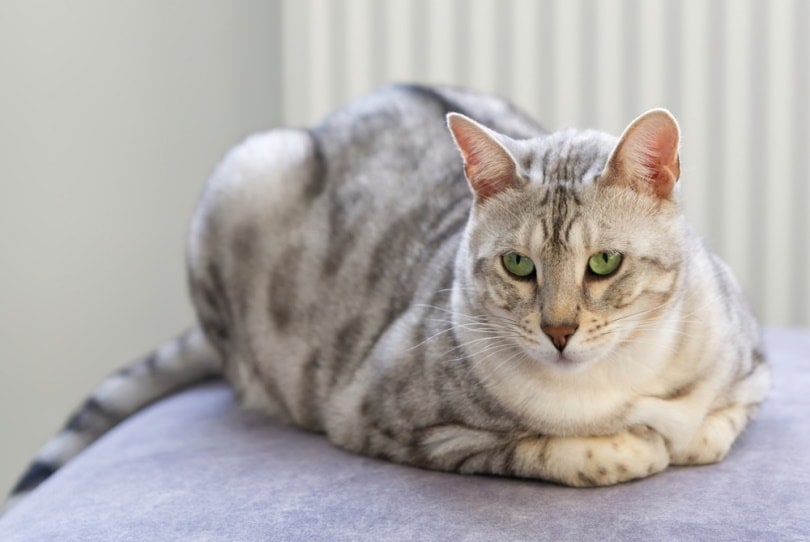
Why Is It Called a Henry’s Pocket?
While it may be named the cutaneous marginal pouch from a scientific standpoint, you may be wondering where the name “Henry’s pocket” came from. While this is another mystery, there is also a theory behind the name.
A renowned American physicist named Joseph Henry was a pioneering American physicist known for his discoveries in electromagnetism and self-induction. His work on electromagnetic fields and inductance laid the foundation for later developments in electrical science, including the theoretical groundwork that led to the discovery of radio waves.
He studied how sound traveled, measured the heat of sunspots, created measurements for wind gusts, and even assisted Samuel Morse in the development of the telegraph.
“Henry” became the name of the standard electrical unit of inductive resistance. Because the cutaneous marginal pouch theoretically assists in a cat’s ability to magnify certain sound wave frequencies, it is believed the name Henry’s pocket was named in honor of Joseph Henry.
What Other Animals Have a Henry’s Pocket?
While the Henry’s pouch is most associated with domesticated cats, several other species also have this mystery pouch. It occurs in certain dog breeds, bats, and weasels, to name a few. Since it does occur in a wide variety of mammals, it is believed to be a specific adaptation that was passed down through a common ancestor.
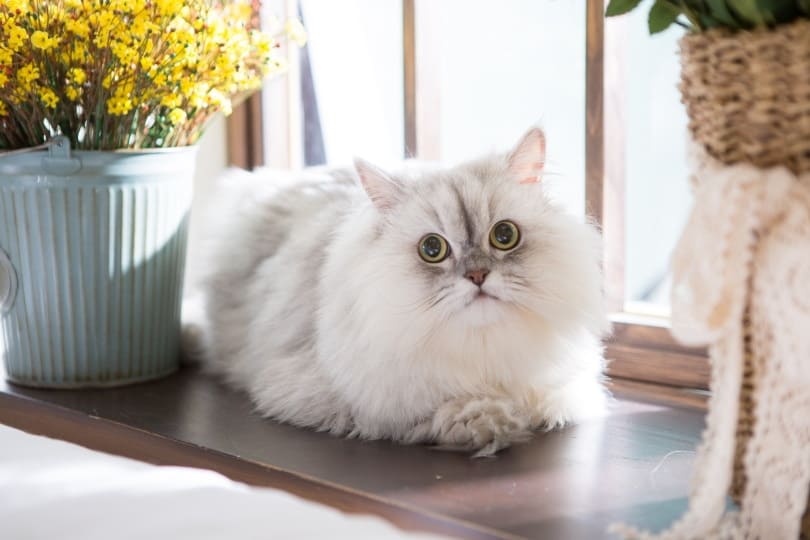

Conclusion
A cat’s Henry’s pocket remains a mystery and the function remains unknown. It is hypothesized that it could be associated with sound frequency and the ability to enhance high-frequency sounds by delaying the lower frequencies in cats and several other mammals.
It is also believed the name is in honor of the research done by the American scientist, Joseph Henry. Hopefully one day this enigma of a cat’s ear will be better understood, but until then we can continue appreciating all the interesting facts surrounding our beloved feline friends.
Featured Image Credit: Piqsels
